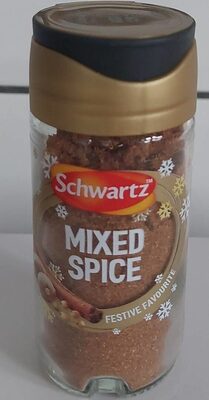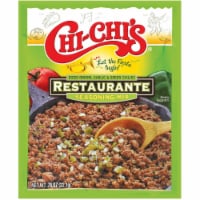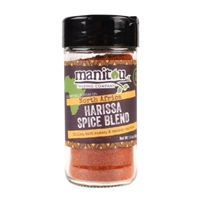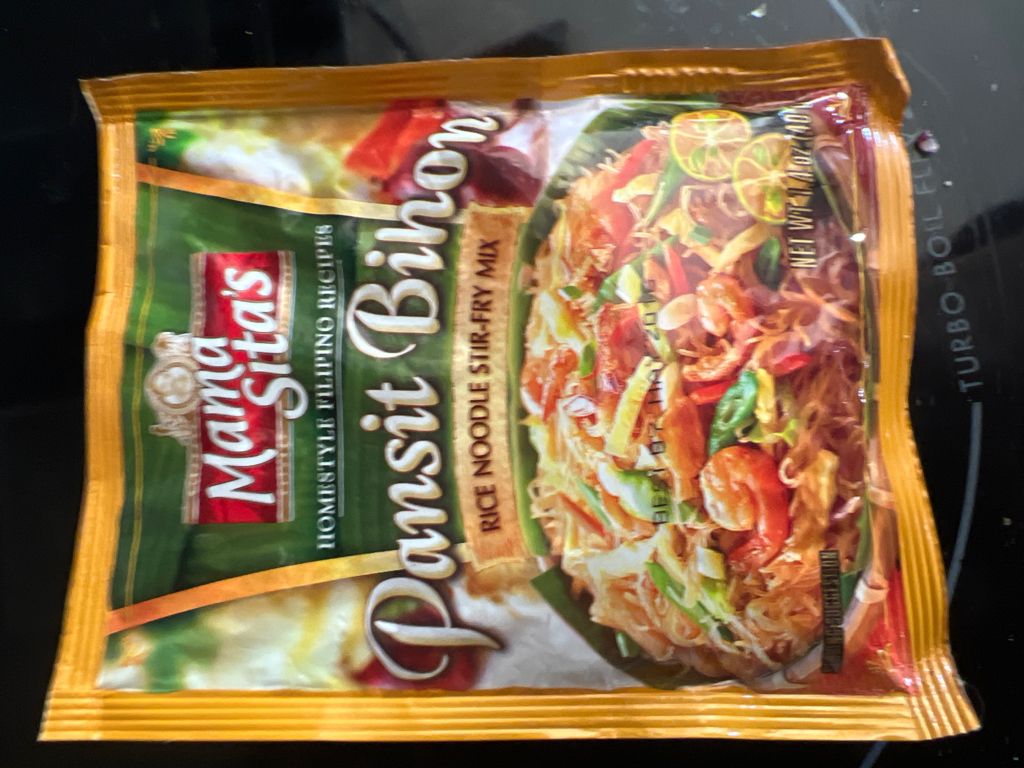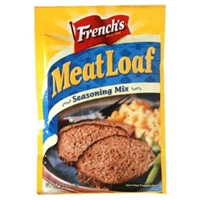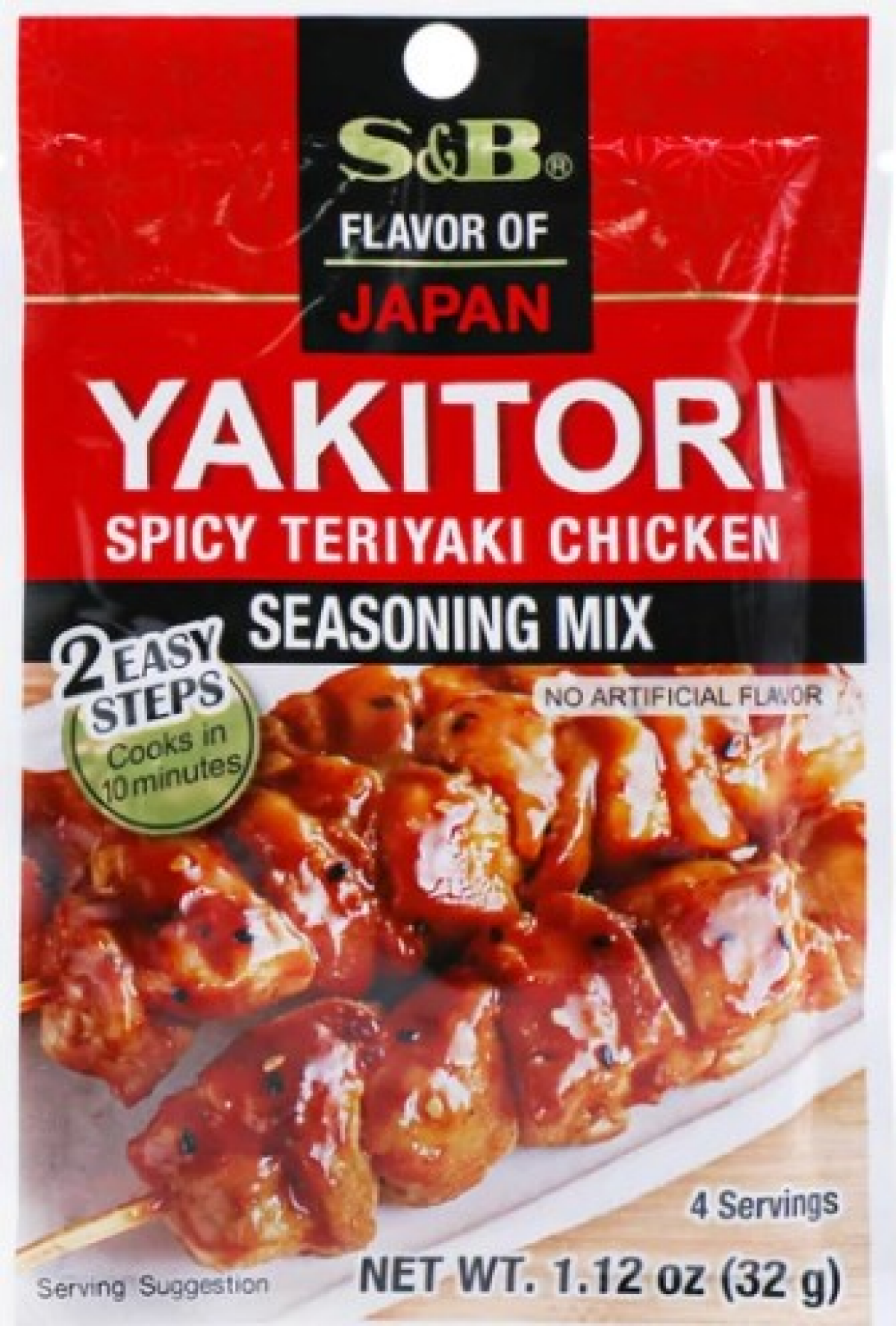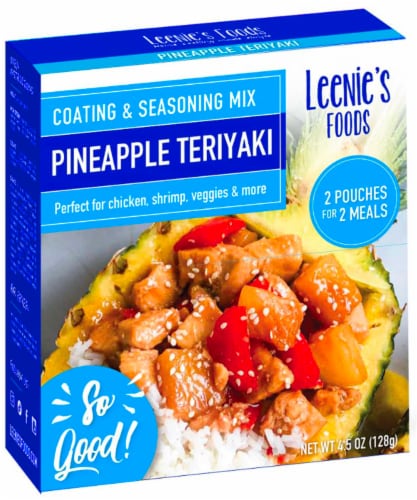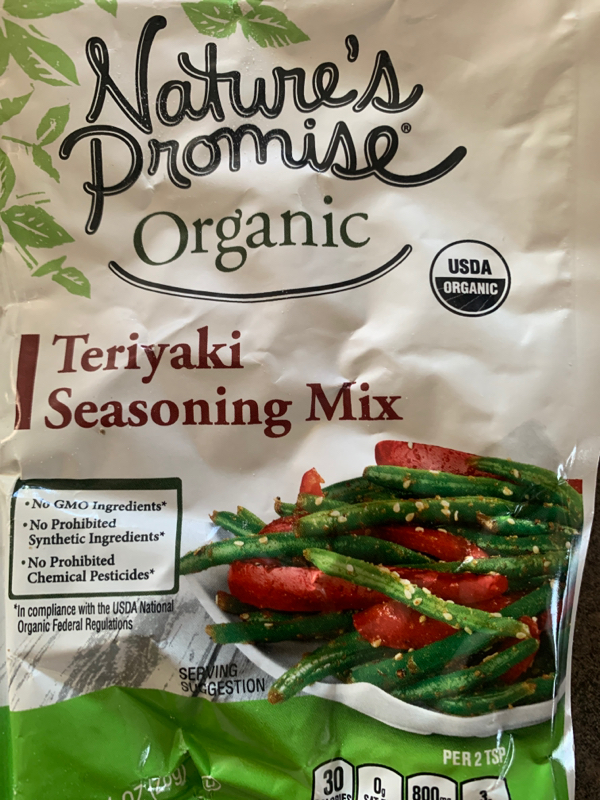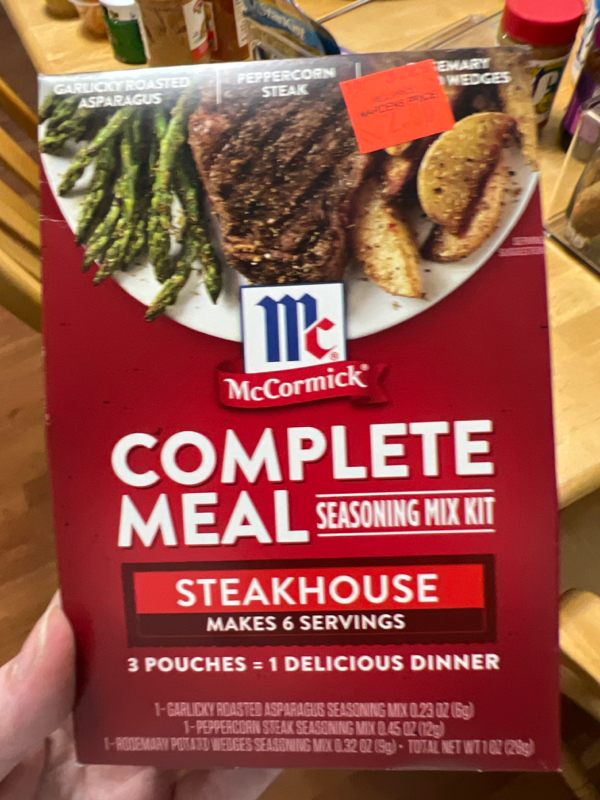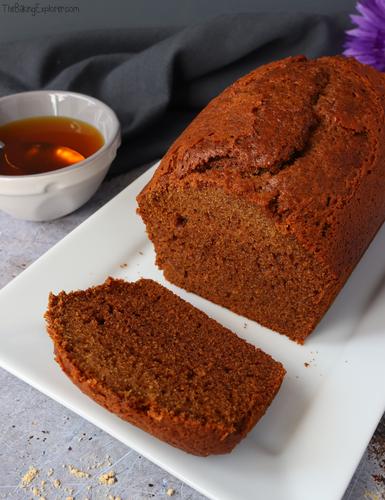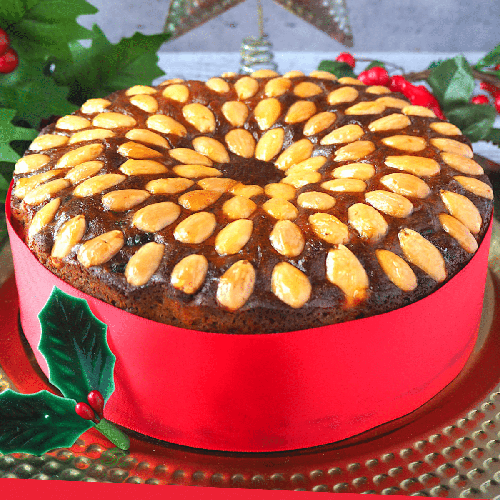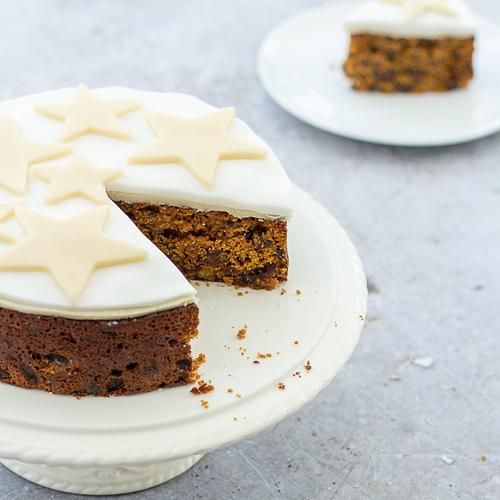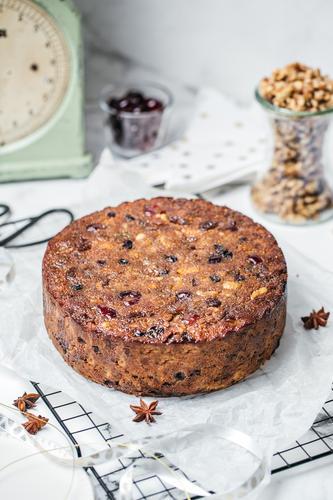DESSERTS
BREADS
SOUPS
Mixed Spice
Mixed spice, also known as pudding spice, is a popular blend of sweet spices typically used in British, Caribbean, and Middle Eastern cuisines. The blend is primarily composed of cinnamon, nutmeg, and allspice, though it may also include ingredients such as cloves, coriander seed, caraway, and mace.
Used in a variety of sweet dishes, mixed spice is a crucial ingredient in traditional recipes like fruitcakes, gingerbread, and holiday mince pies. With its warm, aromatic flavor, it can add depth and complexity to a range of homemade baked goods, desserts, and even some savory dishes.
67%
CARBS
17%
FAT
17%
PROTEIN
533 Mixed Spice Products
Kinder's Organic Santa Maria Seasoning, 10 Oz
Aldi Specially Selected, Schwartz Mixed spice
Chi-Chi's Restaurante Seasoning Mix
Manitou Spices Harissa Spice Blend
Pansit Bihon Seasoning Mix
Frenchs Seasoning Mix Meatloaf
S&B Yakitori Seasoning Mix, 1.12 oz
Leenie's Foods Pineapple Teriyaki Coating & Seasoning Mix
Nature's Promise Seasoning Mix, Organic, Teriyaki
Complete Meal Seasoning Mix Kit Steakhouse
Used In 10 Recipes
Mixed Spice Is Frequently Used With
Mixed Spice FAQ
When cooking with mixed spice, people generally have questions about its composition, suitable substitutions, and how it differs from similar spice mixes. Often, the confusion arises because mixed spice is known by various names in different countries and the blend can vary slightly in composition. For example, it's similar to, but not the same as 'Pumpkin Spice' in the US, or 'Speculaas Spice' in the Netherlands.
One common mistake people make with mixed spice is using too much, thinking that more spice will lead to greater flavor. This can easily overwhelm the dish, making it taste more medicinal than appetizing. The key to using mixed spice correctly is to start with a small amount and adjust to taste.
To get the most out of mixed spice, it's best to use it in the right context. That is to say, it shines in sweet, homey, comfort dishesésort of like the ones granny used to make. Think fruit pies, homemade cakes, breads, custards, and puddings. Finally, while you can buy it ready-made, making your own mixed spice can allow you to tailor the blend to your specific flavor preferences.
A lesser-known fact about mixed spice is that it can be used in savory dishes and is an essential part of Caribbean jerk seasoning.
What is mixed spice made of?
What can I use instead of mixed spice?
Is mixed spice the same as allspice?
How is mixed spice used in cooking?
Can mixed spice be used in savory dishes?
Is mixed spice the same as pumpkin spice?
Can you make your own mixed spice?
What is the difference between mixed spice and 5 spice?
Is mixed spice the same as garam masala?
Are the spices ground or whole in mixed spice?
Expiration & Storage Tips
When does mixed spice expire?
An unopened bottle of mixed spice has a shelf life of 3-4 years. Once opened, it will remain at peak flavor for about 6 months and will become noticeably less potent after 1 year. However, it doesn't really spoil, and can be safely used long past its expiry date but it might just lose some of its flavor and aroma.
How do you tell if mixed spice is bad?
The best way to check if your mixed spice has gone bad is to give it a sniff. If it doesn't release its typical aroma or the smell is very weak, it means it's past its best. Also check the color, if it fades significantly, it's a sign that the spice is old. Lastly, taste a tiny amount. If it doesn't taste like much, it's time to replace it.
Tips for storing mixed spice to extend shelf life
• Store your mixed spice in a cool, dark and dry place such as a pantry or a spice drawer.
• Avoid storing spices near the stove, oven, or other sources of heat and humidity as it can speed up the loss of flavor and aroma.
• Always make sure you have tightly sealed the spice jar or bag after each use to keep the spices as fresh as possible.
• Buy mixed spice in smaller amounts. Remember, the more quickly you use it, the more flavorful it will be.
• You can prolong the shelf life of your mixed spice by storing it in the refrigerator or freezer. Just make sure to keep it well-sealed to prevent moisture from seeping in.
EXPIRES WITHIN
2 - 3.6
YEARS
Substitutes
Health Info
Macros
1g
CARBS
0g
FAT
0g
PROTEIN
Allowed on these diets
LOW FAT
HIGH CALCIUM
VEGETARIAN
KETO
PALEO
WHOLE 30
MEDITERRANEAN
LOW CARB
VEGAN
LACTOSE FREE
GLUTEN FREE


